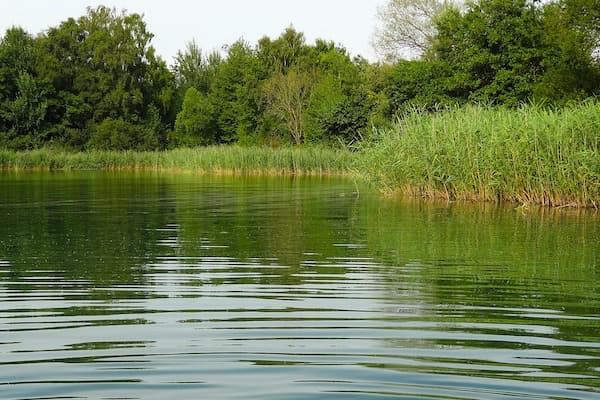The “small-watershed” ecology approach measures all precipitation chemistry (inputs) and stream solute fluxes (outputs) within a watershed. This has led to key environmental insights such as the discovery of acid rain. Currently, upwards of 150 different federally funded sites have implemented this watershed approach to evaluate site-specific questions about climate change and other large-scale stressors. These sites collect the same type of stream ecosystem data, however despite incredible data availability, these data have not been collated for cross-site comparisons. The MacroSheds project is a NSF funded initiative to look at variation in biogeochemical characteristics of watersheds. This project will gather and clean watershed data, develop a statistically robust method for comparing watersheds, and potentially create a platform for researchers to upload their own data.

